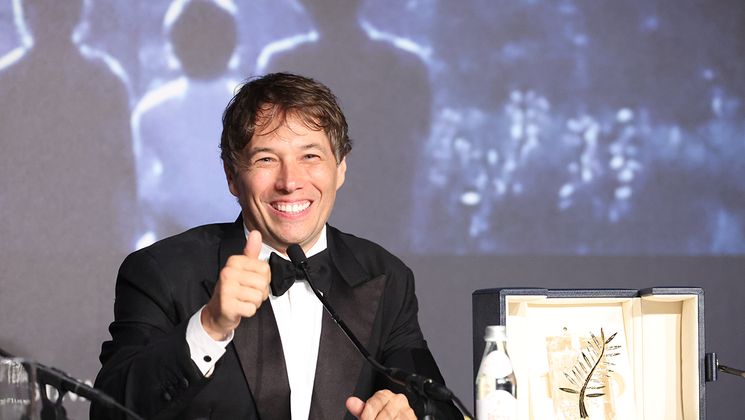
Just Philippot examines family ties in Acide (Acid)

After the success of La Nuée (The Swarm) in 2020, Just Philippot once again takes on the conventions of the horror/sci-fi genres to examine the idea of sacrifice in a family unit. It’s in such a way that the characters in Acide (Acid) , presented as a Midnight Screening, are plunged into the heart of a climate nightmare, symbolized by devastating rains.
What convinced you to develop the screenplay form your short film that came out in 2018?
I was struck by the series of crises that shook our societies. I find myself unable today to talk about the world as it is to my children. In Acide (Acid), I felt the desire to talk about ourselves on the scale of a citizen lost in a society that’s under pressure. Developing my short film seemed to me the best way to present the spectator with a message that was essential for me.
Why did you choose the world of sci-fi/horror cinema as your medium?
When I see real world violence, I say to myself that fiction can’t come close to it. To be able to destabilize a spectator today, you have to find a pathway, a way of accessing something more intimate. This kind of cinema can take a number of different pathways, including those that are more sensory. Through this prism, I’ve attempted to hold up a mirror, made up of fantastical elements dealt with in a hyper-realistic way.
Acide (Acid) questions the idea of sacrifice within a family unit…
What interested me was depicting this upheaval that forces a child to grow up quickly to better understand the world of adults. I also wanted to show how parents can become a danger to their children when they lose control. As it happens, Acide (Acid) is the story of a race against time and a loss of control.
“Acide (Acid) is the story of a race against time and a loss of control“.
How did you work with Guillaume Canet, Lætitia Dosch and Patience Muchenbach?
I always want to be able to say to myself that my actors could be the men and women I’d cross on the street. Guillaume and Lætitia created their characters in this way. Patience also had to physically bring an element of the real that was very strong: she had to play a young girl in the bloom of youth without knowing what kind of adult she was going to become. In Acide (Acid), all the characters are in danger and can disappear at any moment.
What were your visual guidelines for this film?
The idea was to progressively move towards a loss of colours, a sort of faded universe, a black and white that does not speak its name… We wanted to create an ambiance that little by little led to something very dark. We had a logic of hybrid cinema, with a desire to mix extremes.
What was the main challenge in terms of special effects?
My production designer and I had to re-think the sliders of the damage caused by the rain because going too strong at the beginning would have had knock-on effects later. It would have meant increasing the levels of destruction throughout the film and I didn’t have the budget for that. We did things directly as much as possible: the rain, the make-up, the stunts.
A word on the sound?
It’s a part of the process that I love and that I went as far as possible with. A film in this genre, it’s above all an atmosphere, a climate. It’s this climate in particular that makes it that, suddenly, the spectator has a completely new experience. In this vein, I thought of Under The Skin, whose music, design and sound editing were breathtaking. I had the possibility of really increasing the sound levels, from music to sound effects. This very particular auditive experience brings something anxiety-provoking to the rest of the film.


